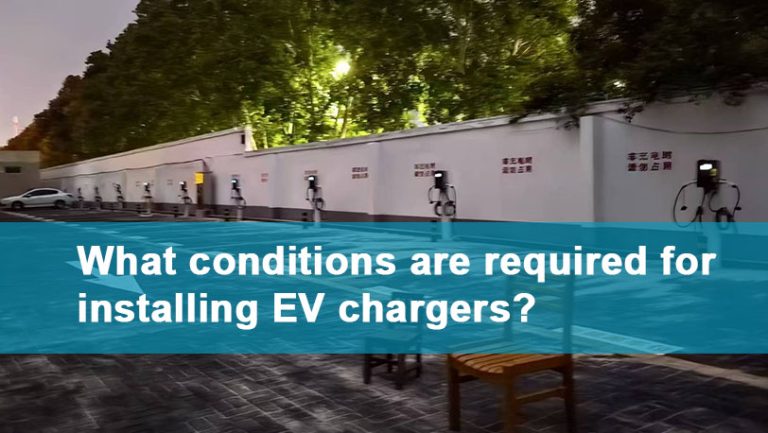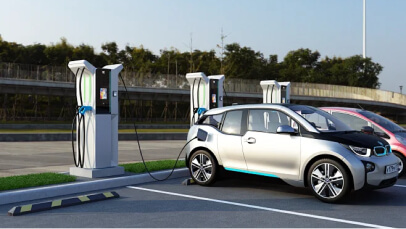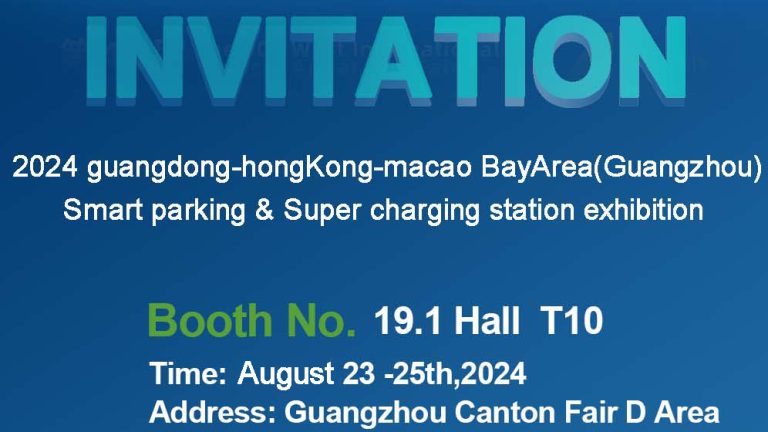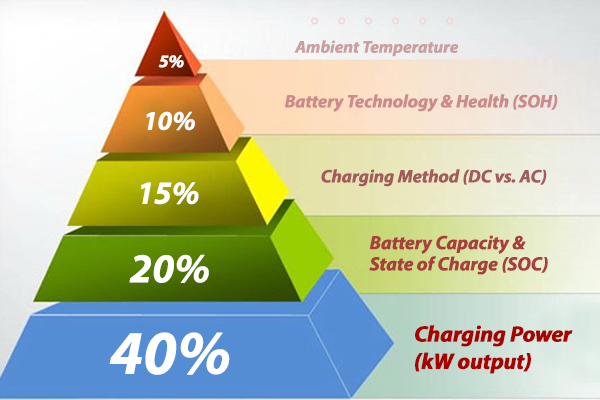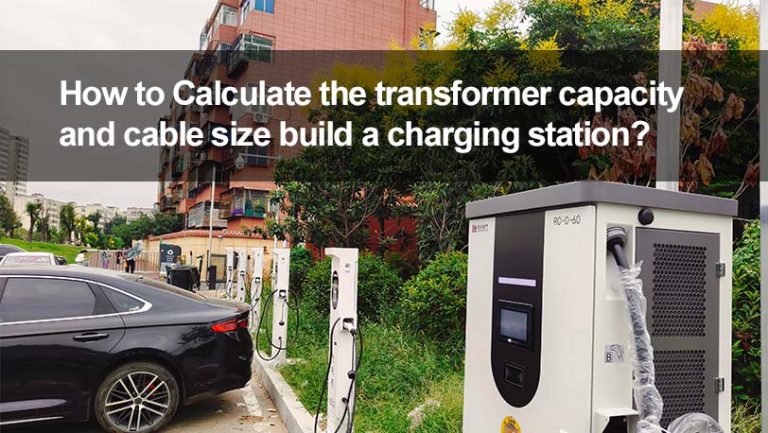The most visible feature of a DC Fast Charging (DCFC) station is, unsurprisingly, its speed. The ability to add hundreds of kilometers of range in under an hour is a game-changer for EV adoption, alleviating range anxiety and enabling long-distance travel. However, speed alone is not enough. For station operators, businesses, and EV drivers, a modern fast charging station is a sophisticated piece of connected technology, and its most valuable features often lie beneath the surface. Understanding these features is key to selecting, deploying, and operating a successful charging hub.
Here are the 8 essential features that define a top-tier fast charging station:
1. High Power Output and Dynamic Power Allocation
- Core Feature: This is the foundation of speed. Modern stations offer power levels from 60kW all the way to 400kW. However, the real intelligence lies in dynamic power allocation. A single charging cabinet with multiple dispensers can intelligently distribute its total available power based on the connected vehicles' needs. If only one car is charging, it can receive the cabinet's full power. If a second car plugs in, power is allocated optimally between them, ensuring efficient use of the available grid connection without overloading it.
2. Multi-Standard Connector Compatibility
- Core Feature: A future-proof station must speak every "language" an EV might use. The best units come equipped with multiple connectors, primarily:
- CCS (Combined Charging System): The standard across Europe and North America.
- CHAdeMO: A popular standard, especially for older Japanese models.
- GB/T: The Chinese national standard, critical for markets in Asia.
This "all-in-one" design ensures that the station can serve the vast majority of EVs on the road today and tomorrow, maximizing utilization and revenue potential.
3. Robust Build and Environmental Protection
- Core Feature: Charging stations are deployed in harsh environments—from freezing winters to scorching summers, in rain, dust, and salt spray. A high Ingress Protection (IP) rating like IP54 (splash and dust resistant) or IP55 (protected against water jets) is essential. Furthermore, components must operate reliably within a wide temperature range (e.g., -30°C to +50°C). This ruggedness ensures 24/7 operational readiness and reduces maintenance costs.
4. Advanced Cooling Systems
- Core Feature: Delivering high-power electricity generates significant heat. Effective thermal management is critical for safety, efficiency, and hardware longevity. The best stations use liquid-cooled cables. This technology circulates a coolant through the charging cable, which allows for thinner, lighter, more flexible cables that are easier for users to handle, while also enabling sustained high-power charging without overheating.
5. Comprehensive Safety Protocols
- Core Feature: Safety is the non-negotiable priority. Modern stations incorporate multiple layers of protection:
- Overvoltage/Undervoltage Protection: Safeguards the vehicle's battery from grid fluctuations.
- Overcurrent and Short-Circuit Protection: Instantly cuts off power in case of an electrical fault.
- Ground Fault Interruption: Protects users from electric shock.
- Emergency Stop Button: Allows for immediate manual power cutoff.
These built-in features ensure protection for the user, the vehicle, and the station itself.
6. OCPP Compliance and Smart Software
- Core Feature: The Open Charge Point Protocol (OCPP) is the universal language that allows hardware from any manufacturer to communicate with any network software backend. Choosing an OCPP-compliant station (preferably version 2.0 or higher) prevents vendor lock-in and gives you the freedom to choose or change your network operator. This is paired with intelligent software for remote monitoring, diagnostics, firmware updates, and user management.
7. Integrated Payment and User Interface
- Core Feature: A seamless user experience is vital for adoption. Stations should offer multiple, convenient payment options:
- RFID Card Readers: For members of specific networks.
- QR Code Scanning: Allows users to initiate and pay for a session directly through a mobile app.
- Contactless Credit Card Terminals: Enables ad-hoc charging without requiring pre-registration.
A clear, well-lit Human-Machine Interface (HMI) with a responsive touchscreen or simple buttons provides users with clear instructions and status updates.
8. Connectivity and Remote Management
- Core Feature: For operators, this is perhaps the most critical feature. Connectivity (via Ethernet, 4G/5G, or Wi-Fi) enables the station to be part of the Internet of Things (IoT). Through a central Charging Station Management System (CSMS), operators can:
- Remotely monitor the status and health of every charger.
- Diagnose and often resolve issues without a physical site visit.
- Push software updates to entire fleets of chargers simultaneously.
- Analyze usage data to optimize pricing, placement, and energy consumption.
Conclusion: The Sum of All Parts
While the impressive power rating of a fast charging station grabs headlines, it is the combination of durability, intelligence, safety, and user-centric design that truly defines its quality and value. When evaluating stations, look beyond the kilowatts. Prioritize features that ensure reliability, maximize uptime, provide a frictionless experience for drivers, and offer you, the operator, complete control and insight. Investing in a feature-rich fast charging infrastructure is an investment in a seamless, sustainable, and successful electric future.


